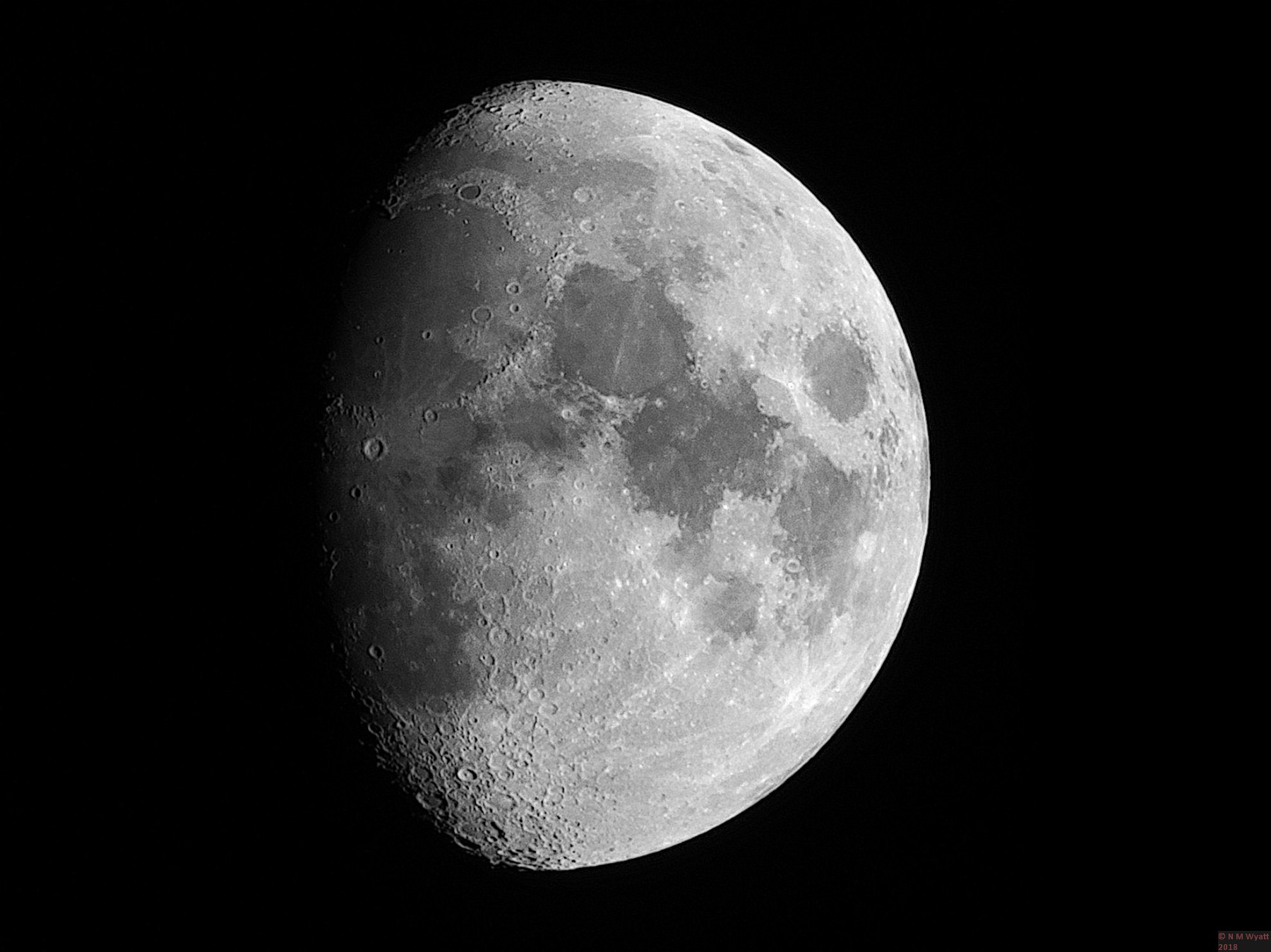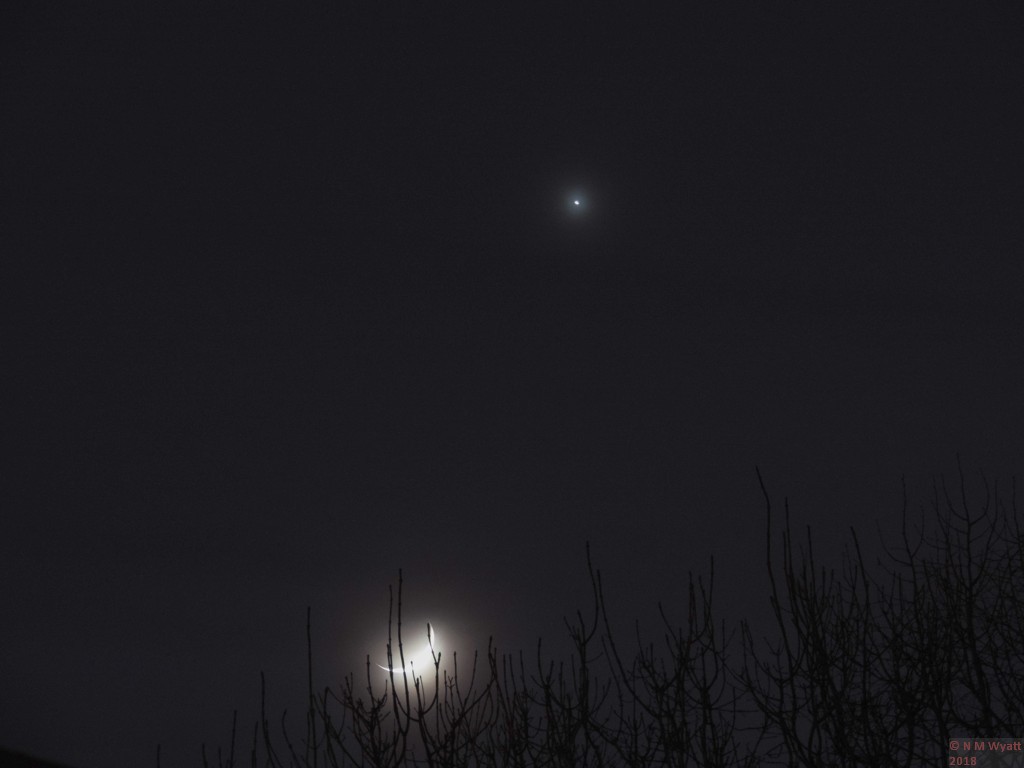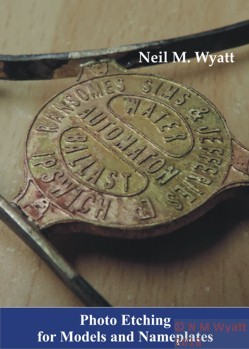If you find this website useful, please check out my books or visit my Amazon Author page. Or even Buy Me a Coffee!
Astronomy
Astrophotography
You are never too old to learn, and one of the thing that has opened my eyes has been discovering the quality of astronomical images that can be produced by amateurs with very modest equipment. By using digital cameras and image processing software it's a realistic ambition to produce images that compare favourably with those produced by the world's biggest telescopes fifty years ago - right in your back yard!
This website does not showcase the best astronomical pictures on the internet! It's a selection of pictures I have taken myself with basic equipment and free software. Producing images like these below, or even better ones, is within your reach!
Most importantly, you don't have to spend a fortune. My first serious scope, mount and tripod cost £180 on Ebay. I spent £40 on a more solid tripod, and about £200 on various bits and pieces including books and an ancient Canon EOS DSLR and a seconhand Microsoft HD Webcam. The results shown before are some of my best so far, and will be updated from time to time.
Perhaps the easiest target in the sky is the moon. You can get good pictures with any long or zoom lens, this is a 'stack' of six pictures taken with an ordinary bridge camera:
A gibbous moon photographed on the isle of Skye.
Follow the links below for introductions to some of the other things you can image in the night sky:
A Conjunction of Moon and Venus
M63 is a spiral galaxy in Canes Venatici, and was one of the first spiral; galaxies identified by Lord Rosse. It is a member of the M51 group of galaxies.
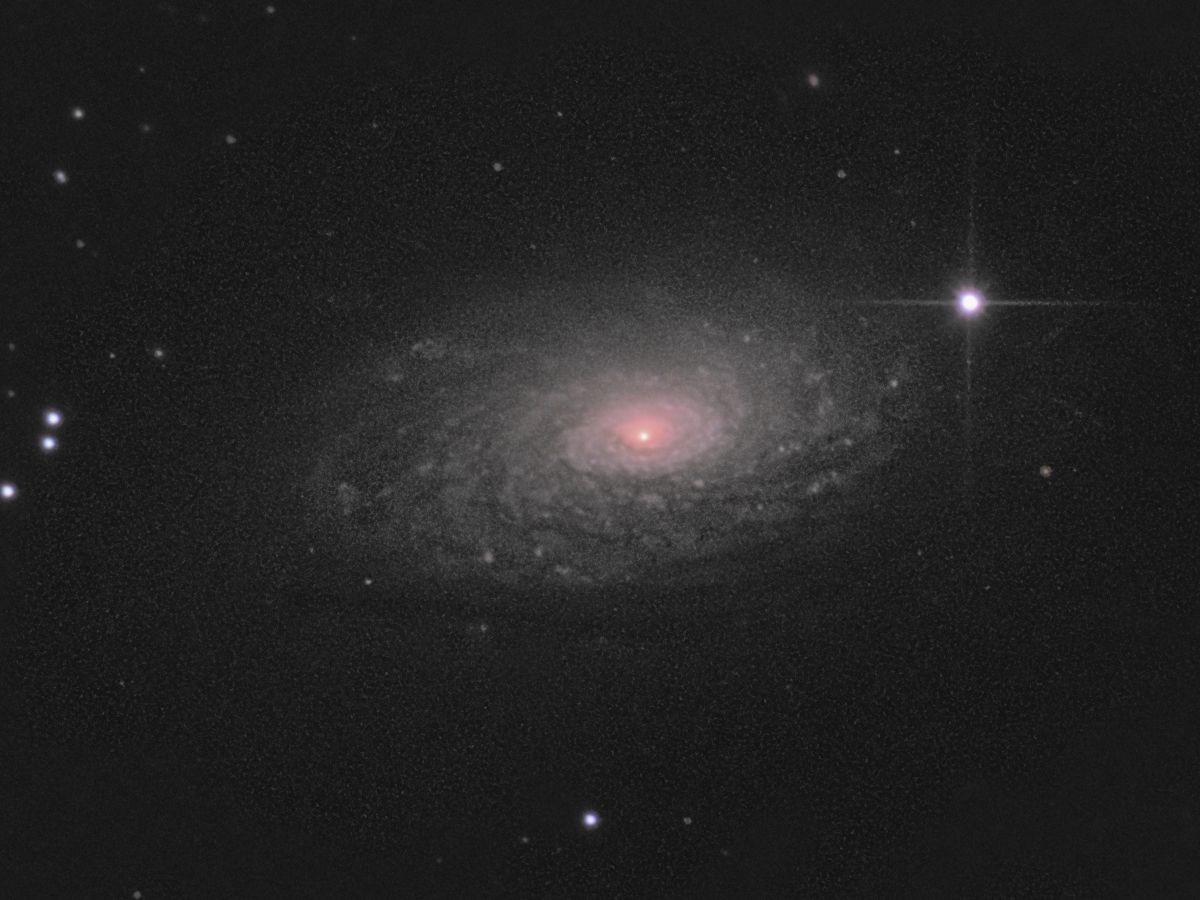
M63, the Sunflower Galaxy
- Details
- Category: Astrophotography
M61 is an intermediate barred spiral galaxy. It lies in the Virgo cluster of galaxies, a concentration of glaxies within the Virgo supercluster (of which our own local group of galaxies is part). Several supernovas have been observed in M61.
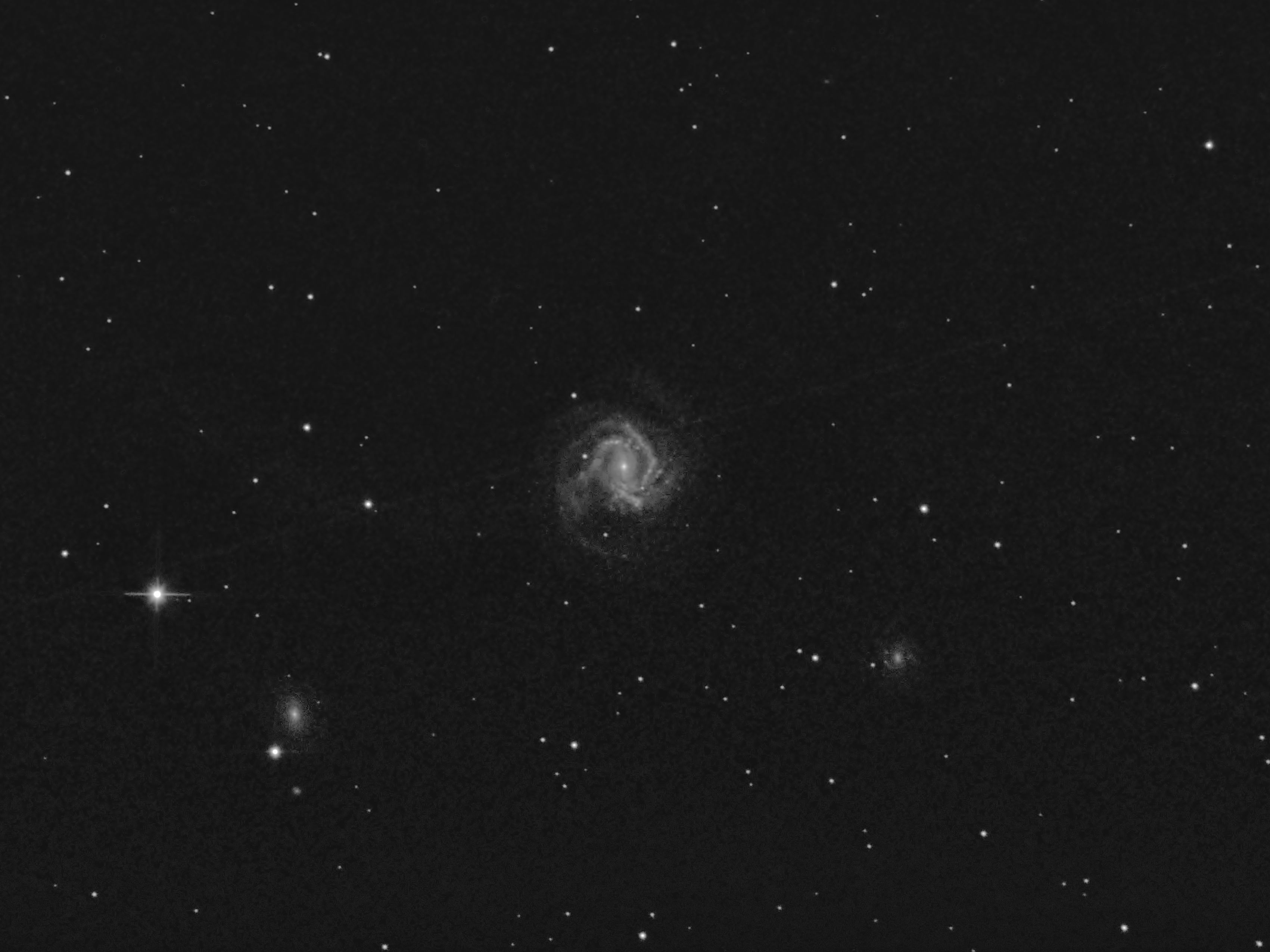
M61 spiral galaxy
- Details
- Category: Astrophotography
M60 is a huge elliptical galaxy that appears to overlap with smaller nearby spiral galaxy NGC4647. Studies using Hubble Space Telescope data suggest that the two galaxies have only come into contact relatively recently (in cosmological terms) and are just beginning to interact.
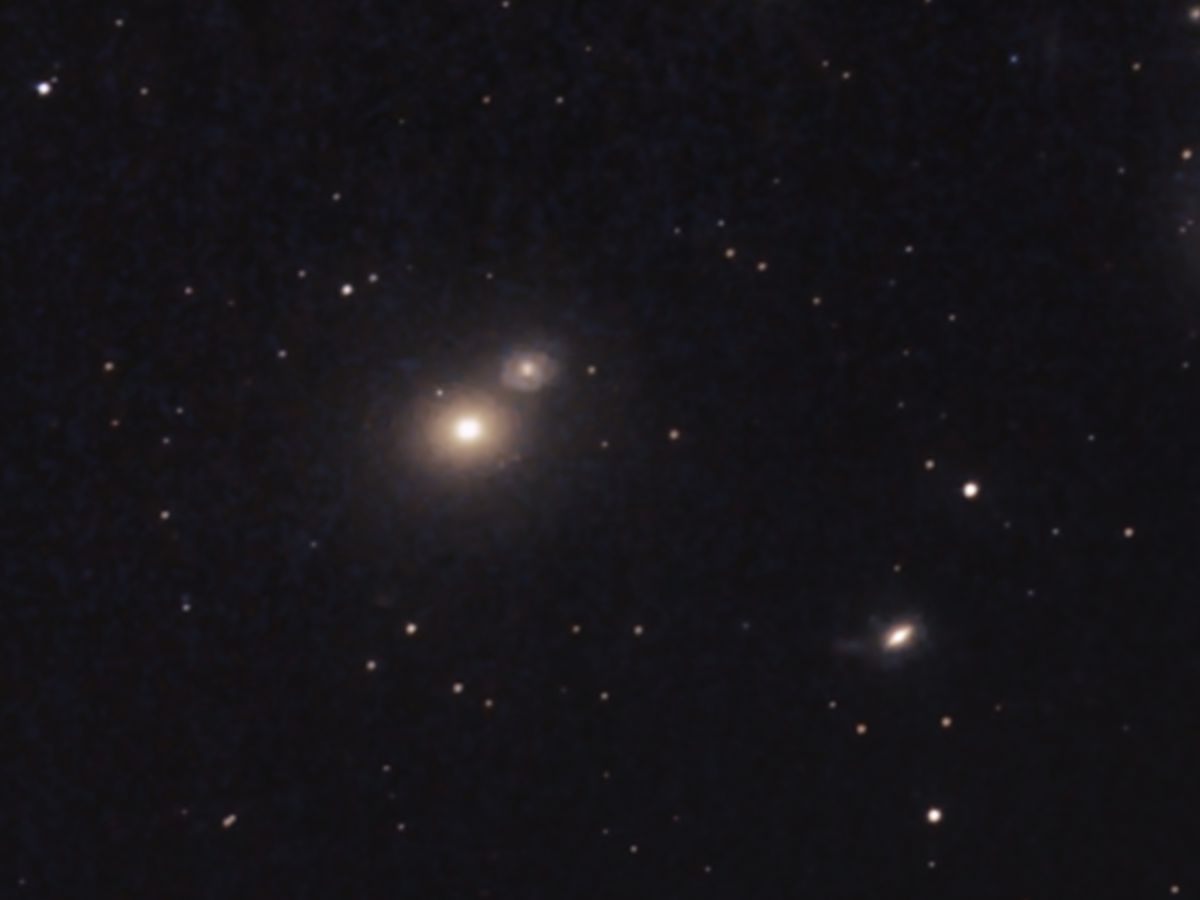
M60 and adjacent NGC4647
- Details
- Category: Astrophotography
Studies of M59 have shown that despite is superficially simple appearance it is comprised of a disc, oval and sphere of stars all overlain on each other. Like many elliptical galaxies it has an abundance of globular clusters.
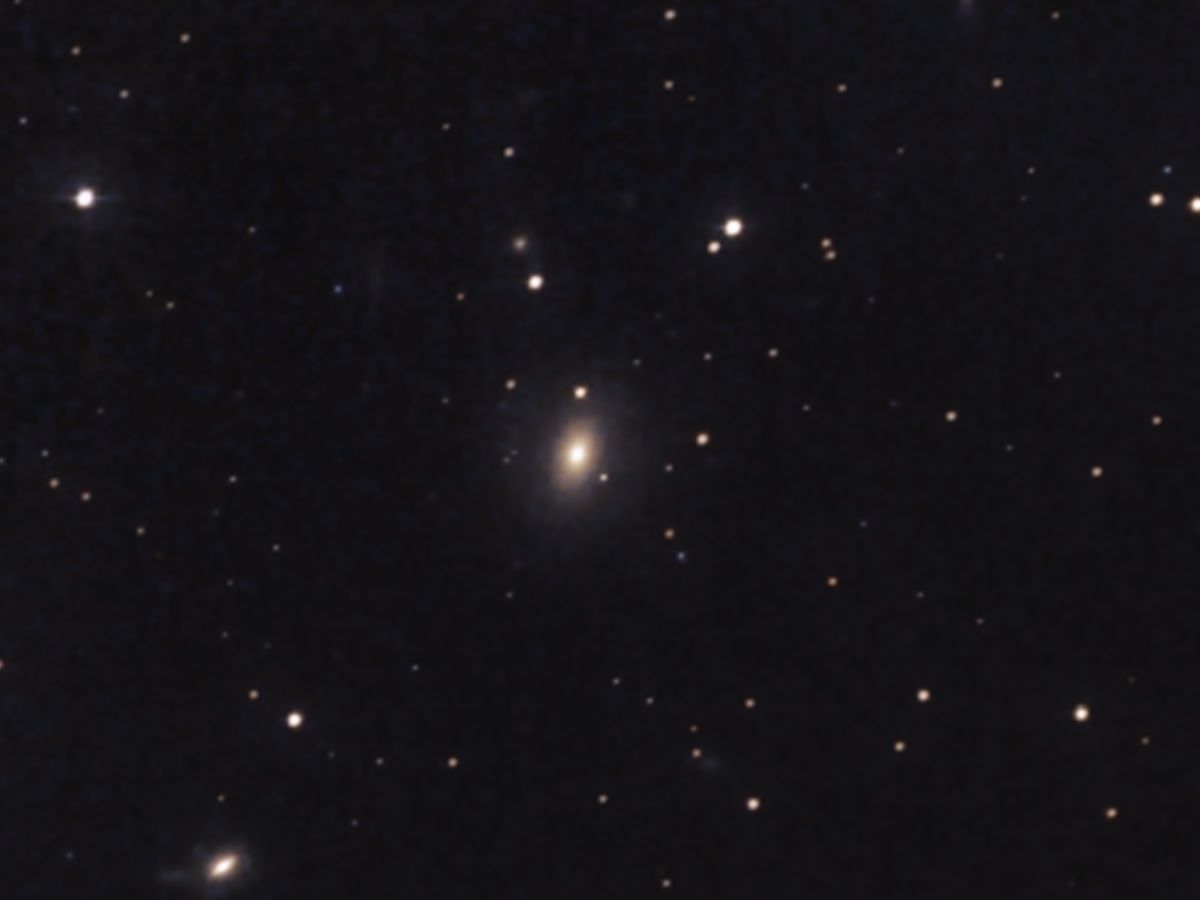
M59 elliptical galaxy.
- Details
- Category: Astrophotography
M58 is one of the brightest members of the Virgo cluster of galaxies.
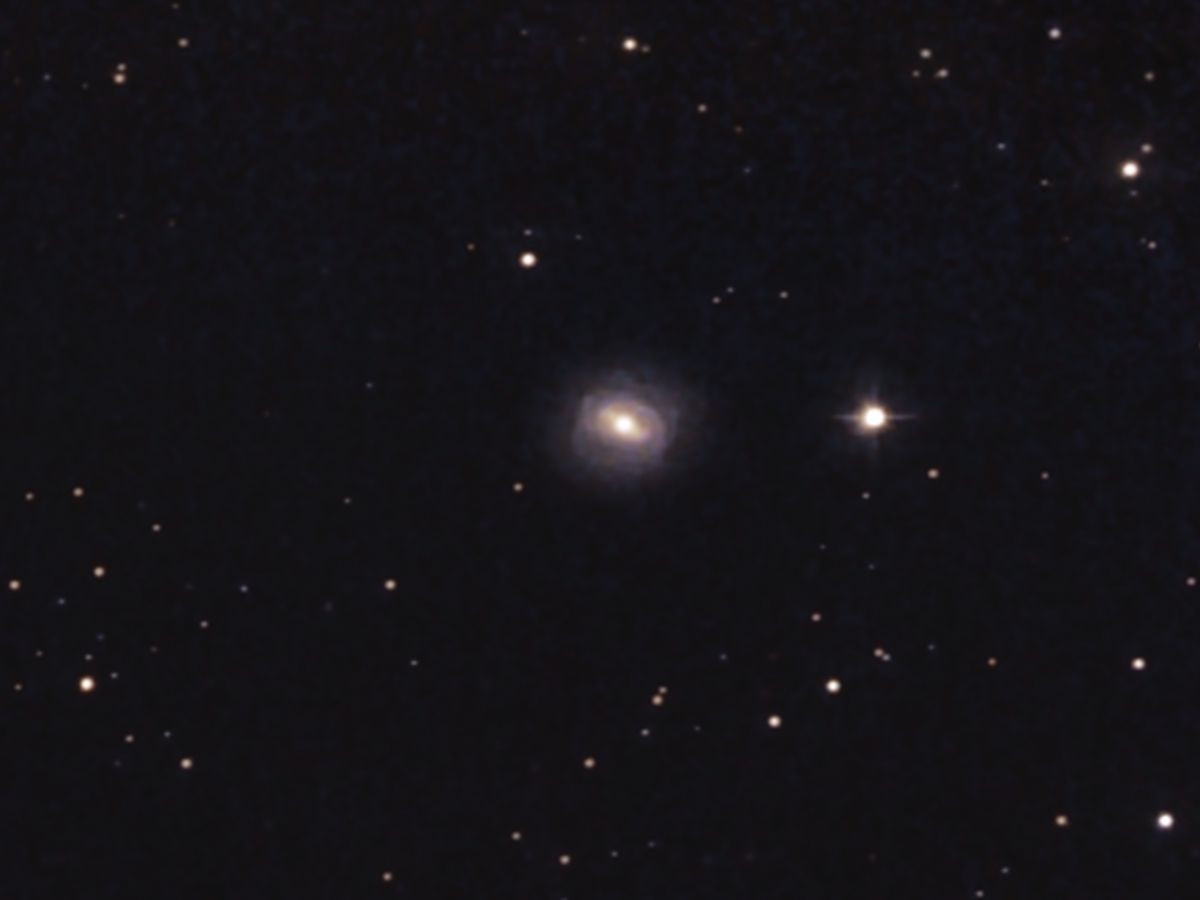
M58, a barred spiral galaxy
- Details
- Category: Astrophotography
Page 8 of 23

